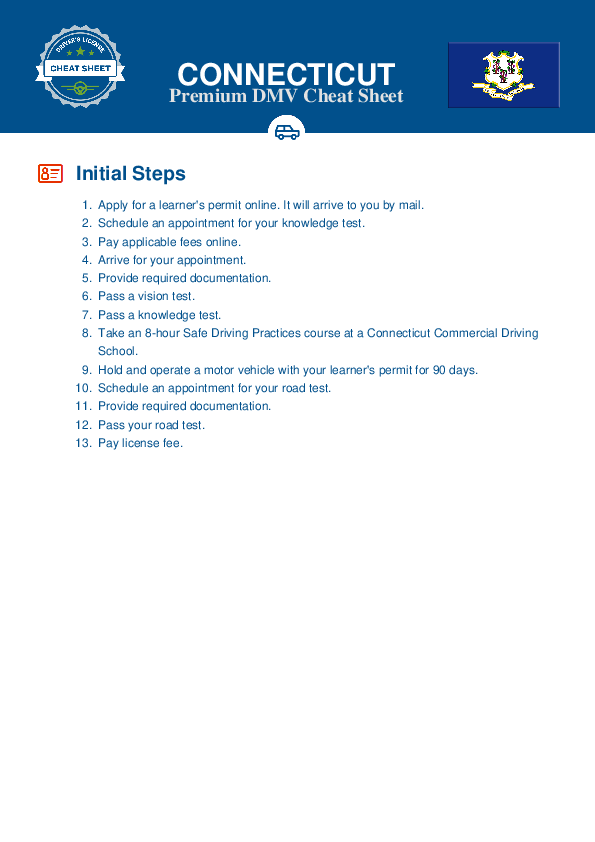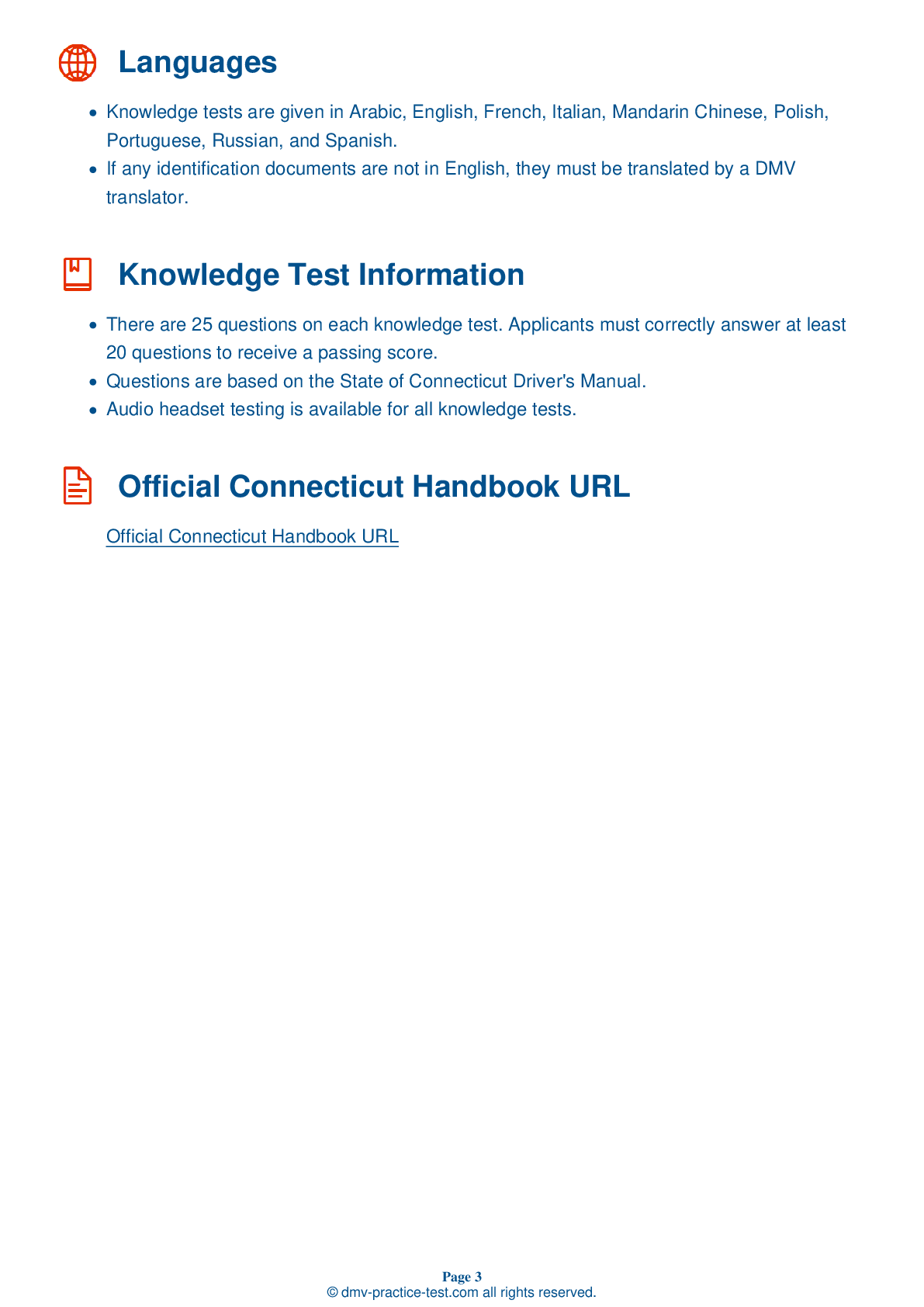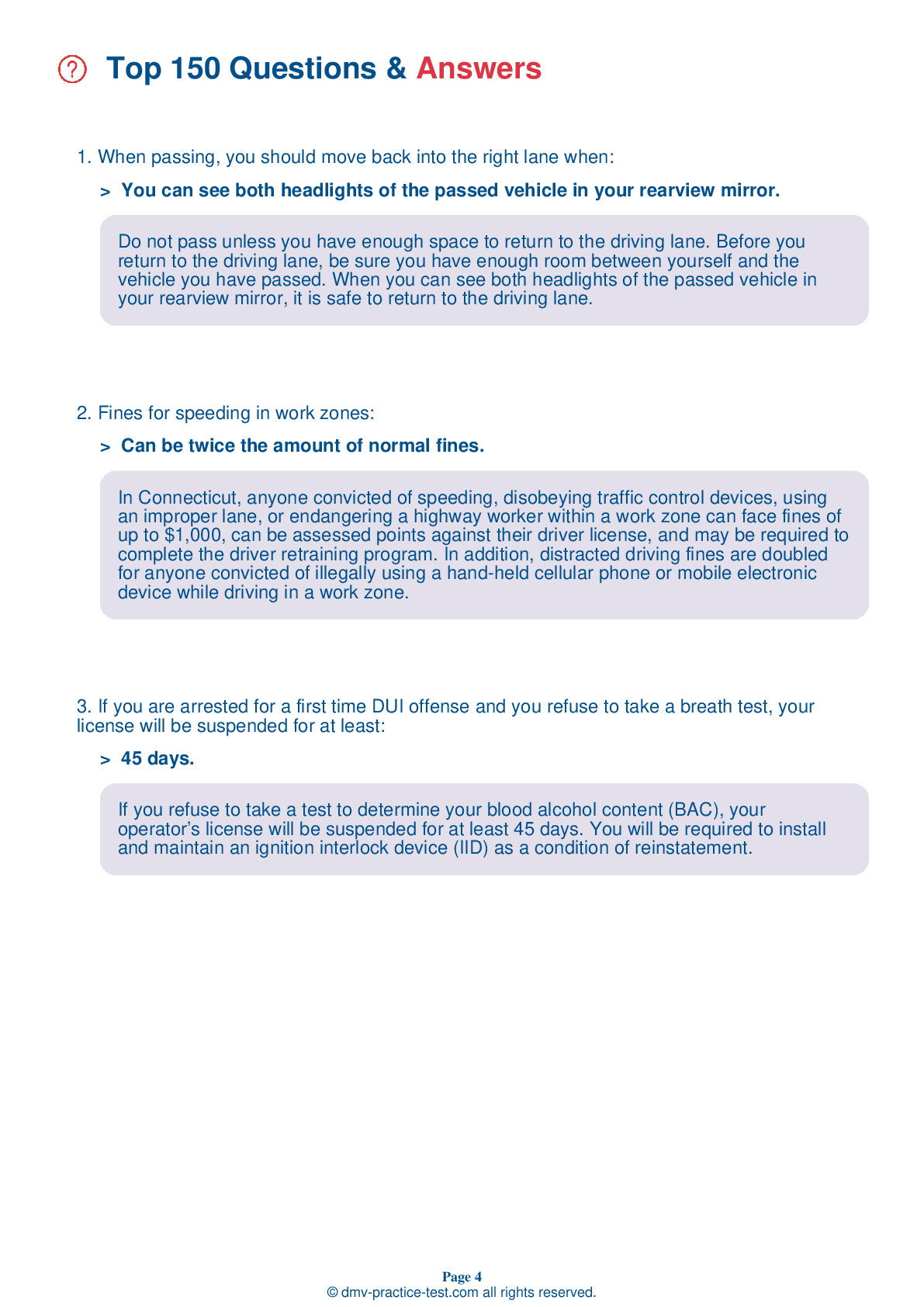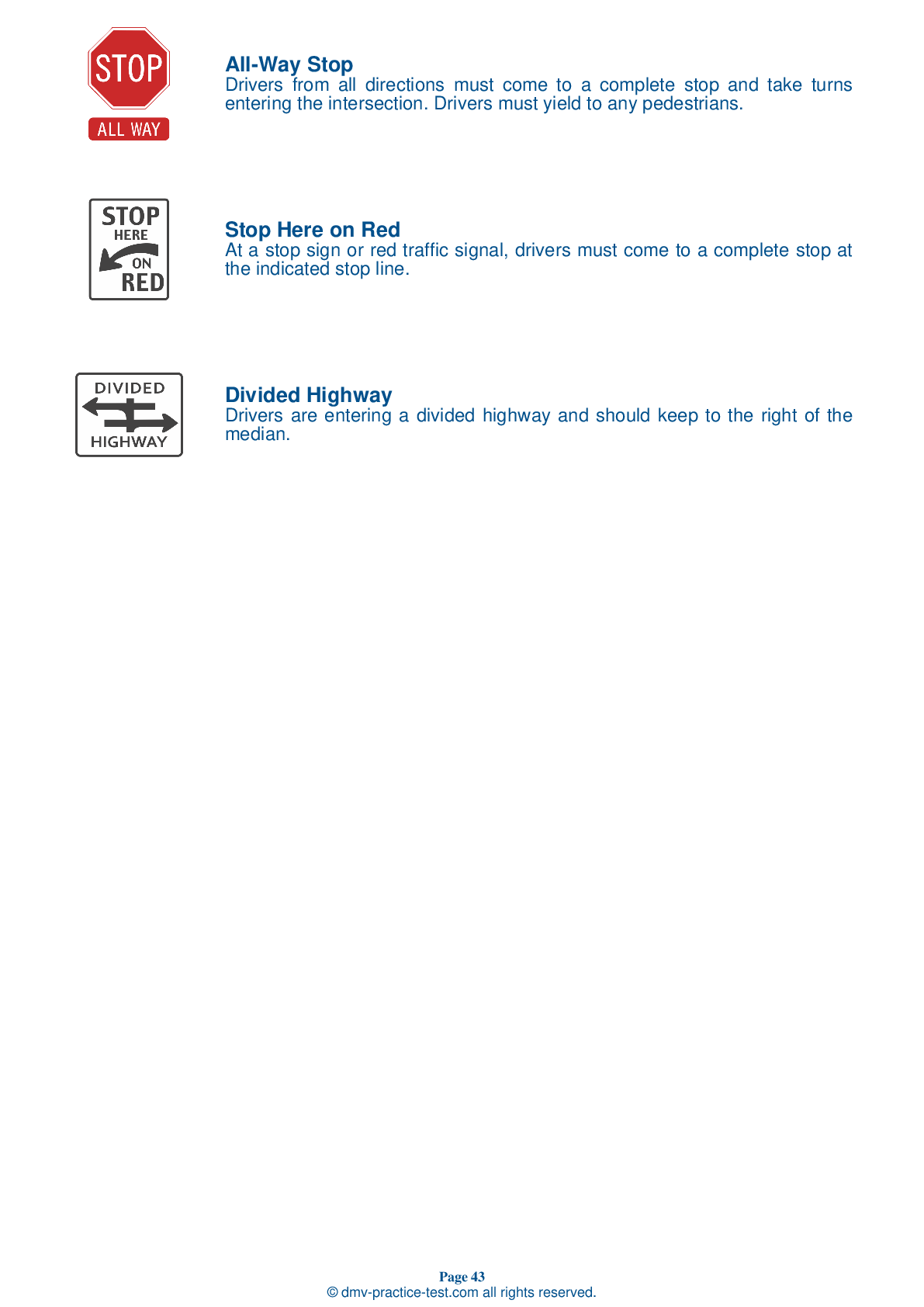FREE Connecticut DMV Practice Test #17
This set of Connecticut DMV practise tests was just updated for January 2025. It includes questions based on the Connecticut Driver Handbook's most essential traffic signs and regulations for 2025. Use actual questions that are very similar (often identical!) to the DMV driving permit test and driver's licence exam to study for the DMV driving permit test and driver's licence exam.
Each practise test question has a hint and explanation to assist you in remembering the concepts. The written component of the official DMV test will include questions about road rules, traffic signs, and driving statutes, as well as information from the Driver Handbook.
To achieve the required passing grade, you must correctly answer 20 of the 25 questions. Take our DMV practise exam to help you prepare for your Connecticut instruction permit or driver's licence.
The DMV exam is available in several languages.
Using any form of testing help will result in an automatic fail, and the DMV may take further action against your driver's licence, so avoid it.
1 . Check your rearview mirrors:
When driving, do not develop a fixed stare. Frequently check your rearview mirrors so you know the positions of vehicles near you.
2 . This sign means:
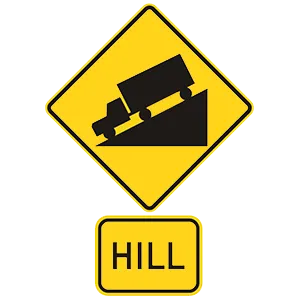
Warning signs are usually yellow with black markings. They alert you to conditions that are immediately ahead. This sign indicates that there is a steep hill ahead. Slow down and be ready to shift to a lower gear to control your speed and protect your brakes from damage.
3 . To avoid glare from the headlights of an approaching car:
You should avoid looking toward the bright lights of an oncoming vehicle by glancing toward the right side of the road. After looking briefly toward the side of the road, continue looking ahead to check on the position of the other vehicle.
4 . You drive defensively when you:
You are driving defensively when you are looking down the road for potential hazards. Constantly staring at the road directly in front of your vehicle is dangerous. As you scan ahead, be alert to vehicles around you.
5 . When you are merging onto the freeway, you should be driving:
When merging onto a freeway, you should enter at or near the speed of traffic.
6 . This road sign means:
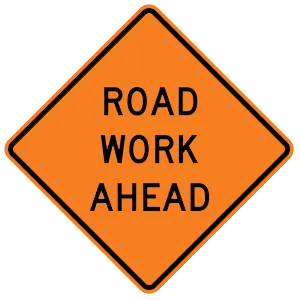
This orange warning sign tells drivers that an area of roadwork is upcoming. When traveling through a work zone, stay alert for temporary traffic control devices.
7 . What message will be found on a red octagon-shaped sign?

An octagonal (eight-sided) sign always means "stop." You must always come to a complete stop at this sign.
8 . There's an approaching emergency vehicle using its flashing lights and siren. You should:
You must yield the right-of-way to police vehicles, fire engines, ambulances, or other emergency vehicles using sirens, air horns, or red or blue flashing lights. When you see or hear an emergency vehicle approaching from any direction, you must pull over to the right edge of the road, or as near to the right edge as possible, and stop your vehicle.
See the exact questions that will be on the 2025 Connecticut DMV exam.
99.2% of people who use the cheat sheet pass the FIRST TIME
LT gives us an insight on how the cheat sheet provided her with all the study questions she needed before taking her test.
Joe initially studied with the handbook and failed his test, he eventually found us online, studied and pass his test the first time around.
